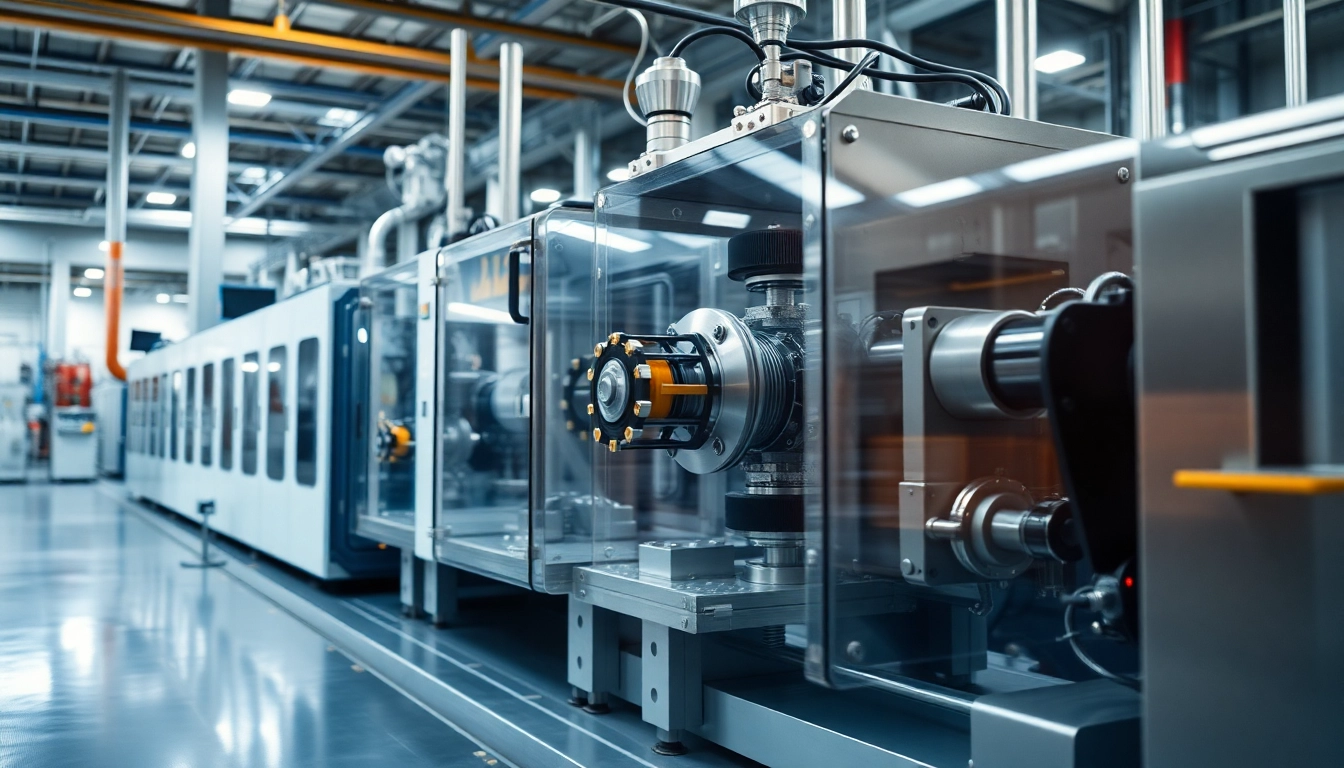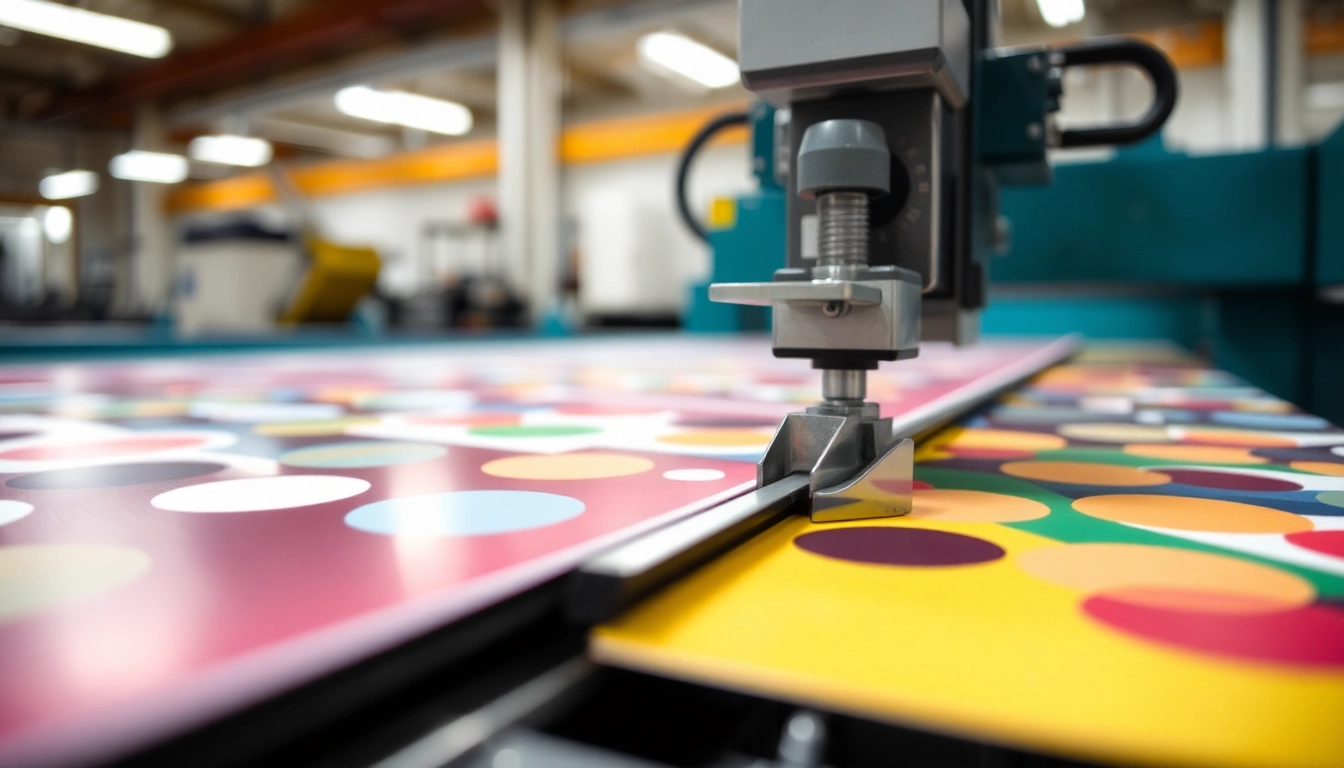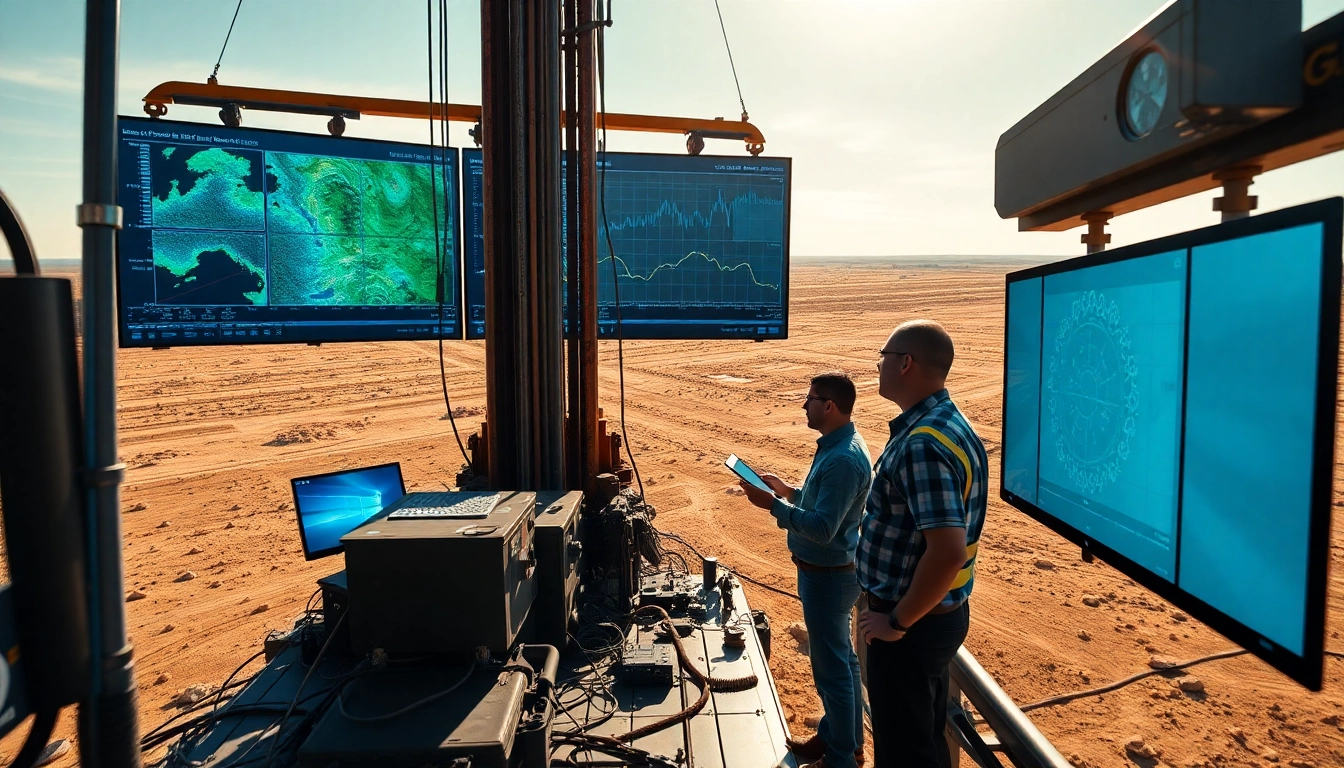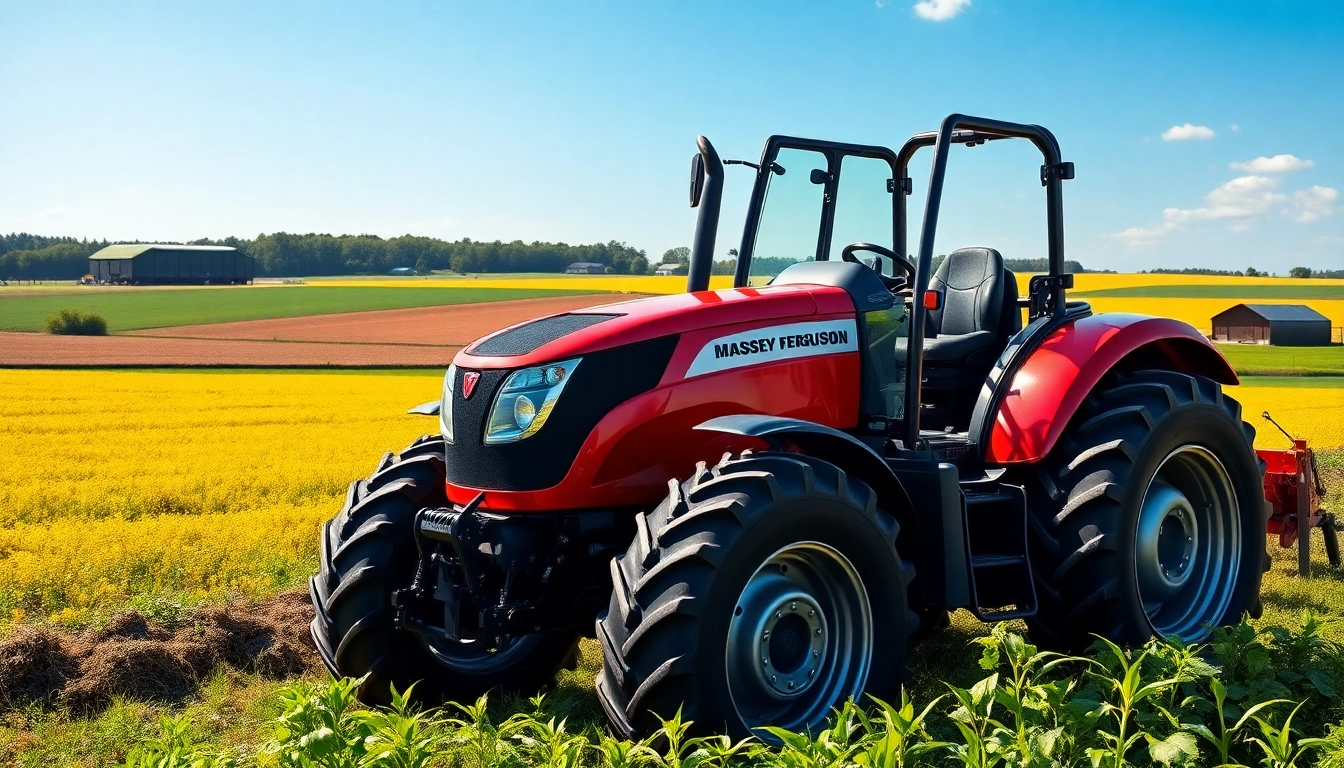Understanding Blow Molding Machines
Definition and Applications
A blow molding machine is a type of industrial equipment used to create hollow plastic products by inflating a molten plastic tube, known as a parison, within a mold. This innovative process allows for the manufacturing of various plastic containers, bottles, and automotive parts, including high-performance components that require precision and quality. The versatility of blow molding machines makes them essential in industries ranging from consumer goods to pharmaceuticals and automotive manufacturing. For businesses looking to enhance production efficiency and quality, investing in a Blow Molding Machine can be a game-changing decision.
The Blow Molding Process Explained
The blow molding process consists of several key steps that transform raw plastic into usable products. Understanding these stages can help manufacturers optimize production and reduce waste. The process typically begins with the creation of a parison, a hollow tube of plastic resin. This parison is heated until it reaches a pliable state. It is then placed in a mold, and air is introduced to inflate the parison, causing it to conform to the mold’s shape. This method effectively creates complex geometries, enabling the production of unique designs while maintaining material efficiency.
Types of Blow Molding Machines
There are several types of blow molding processes, each suited to specific applications:
- Extrusion Blow Molding (EBM): One of the most common methods, EBM involves extruding a parison through a die. The parison is then clamped into a mold, and air is blown into it to shape the product. This method is ideal for manufacturing items like bottles, drums, and large hollow parts.
- Injection Blow Molding (IBM): In IBM, pre-formed plastic is injected into a mold to create a parison, which is then inflated within a secondary mold. This process allows for greater precision and is often used for smaller, complex items such as pharmaceutical containers.
- Stretch Blow Molding (SBM): This technique is similar to injection blow molding but includes an additional stretching phase. The preform is stretched before inflation, allowing for enhanced strength and clarity, making it particularly useful for polyester bottles used in beverage packaging.
Benefits of Using Blow Molding Machines
Cost Efficiency in Production
Blow molding machines significantly streamline production processes, reducing costs associated with labor and material waste. The efficiency of these machines allows for high production rates, which is particularly beneficial for companies that require large quantities of plastic products. The automation capabilities in modern blow molding machines further enhance productivity, reducing the need for manual labor and minimizing human error.
Quality and Precision in Manufacturing
One of the critical advantages of blow molding machines is their ability to manufacture high-quality products consistently. The controlled environment and precision of the molding process ensure that each product meets strict quality standards. Furthermore, advancements in technology, such as improved mold design and automation, continue to elevate the standard of quality in blow-molded products.
Environmental Benefits and Innovations
With growing concerns about sustainability, many modern blow molding machines are designed to be more environmentally friendly. Innovations such as reduced energy consumption, less plastic waste, and the ability to use recycled materials are becoming standard features. Companies can not only achieve their production goals but also align with eco-friendly practices, reducing their overall carbon footprint.
Factors to Consider When Choosing a Blow Molding Machine
Types of Products and Materials
The choice of blow molding machine largely depends on the types of products you intend to produce. Different machines cater to various materials, including polyethylene, polypropylene, and PET. It’s essential to evaluate the specific material requirements for your products and select a machine that accommodates those materials effectively, ensuring compatibility throughout the production process.
Production Capacity Requirements
Another crucial aspect to consider is the production capacity needed to meet business demands. Blow molding machines come in varying sizes and output capacities, so it’s vital to assess your current and future production needs. This analysis helps in selecting a machine that can handle your volume requirements efficiently, avoiding bottlenecks during peak production times.
Available Technology and Features
Modern blow molding machines are equipped with a plethora of features that enhance their functionality. When selecting a machine, consider options such as energy efficiency, automation capabilities, and advanced control systems that facilitate monitoring and adjustments during production. The right technology can not only boost productivity but also improve product quality and reduce operating costs.
Maintenance Best Practices for Blow Molding Machines
Regular Inspections and Upkeep
Maintaining blow molding machines is crucial for ensuring they operate at optimal levels. Regular inspections help identify potential issues before they lead to costly downtime. Key areas to monitor include the heating elements, air pressure systems, and mold integrity. Establishing a routine maintenance schedule can prolong the machine’s lifespan and enhance overall efficiency.
Common Issues and Troubleshooting
Despite proper maintenance, blow molding machines can encounter issues such as inconsistent product quality, mold defects, or unexpected shutdowns. Understanding common problems, like improper parison height or air leaks, can empower operators to troubleshoot effectively. Keeping a log of these issues can help manufacturers recognize patterns and implement preventive measures.
Extending Machine Lifespan
To maximize the longevity of a blow molding machine, it’s essential to follow best practices, such as using compatible materials, maintaining accurate temperature settings, and performing regular lubrication of moving parts. Additionally, investing in staff training ensures that operators are well-equipped to handle machinery responsibly, minimizing the risk of user-induced damage.
Latest Trends in Blow Molding Technology
Advancements in Energy Efficiency
Energy efficiency is a pivotal focus in the development of new blow molding technologies. Energy-efficient machines that consume less power not only reduce operating costs but also align with the industry’s push for sustainability. Manufacturers are now developing machines equipped with servo motors and advanced insulation techniques that bolster energy savings without sacrificing performance.
Integration of Automation and AI
The fusion of automation and artificial intelligence into blow molding machines is revolutionizing production processes. Automated systems enable real-time monitoring of production metrics, predictive maintenance, and quality control measures that enhance efficiency and reduce waste. As technology continues to evolve, AI applications will likely lead to even smarter, self-adjusting machines that tailor operations to specific production conditions.
The Future of Sustainably Sourced Materials
As consumers become more environmentally conscious, the demand for sustainably sourced materials in plastic production is on the rise. Blow molding manufacturers are increasingly exploring bioplastics and recycled materials, collaborating with material suppliers to develop viable alternatives. This trend not only benefits the environment but also opens new avenues for innovation within the industry.



